Fantastic Beasts and Where to Find Them
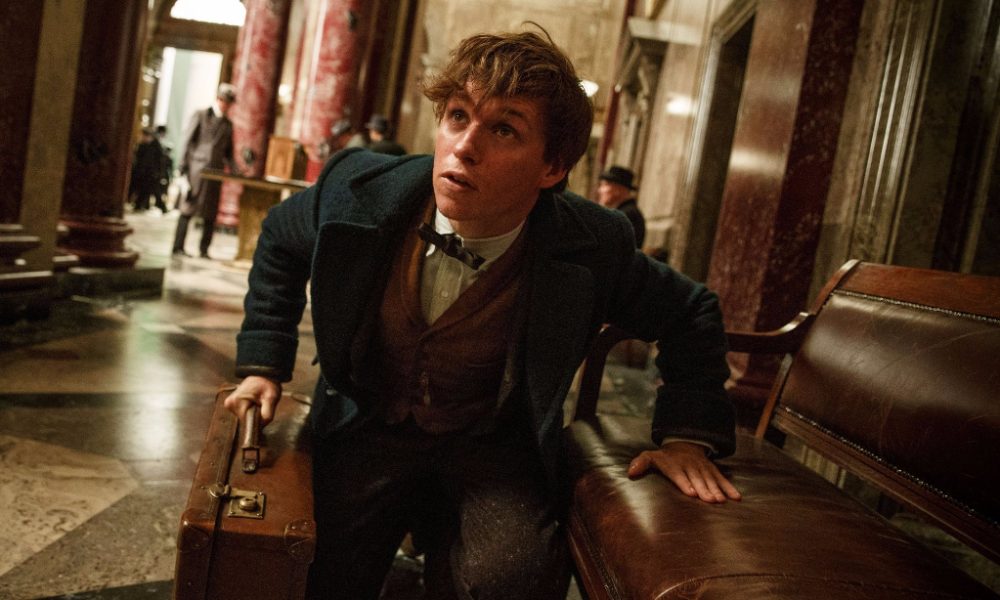
There’s something rather irksome about the fact that, after two hours and 13 minutes, the first spin-off of JK Rowling’s Harry Potter franchise never actually bothers to resolve its titular proposition. After an exposition dump in its title sequence, Eddie Redmayne’s Newt Scamander arrives in New York, with a bulging suitcase of beasties. He’s supposedly a writer of some kind, with an extensive knowledge of the natural – or supernatural – world, to be transformed into a novel. Yet no sooner has he stepped through immigration control than a cute mole-thing escapes out of his case and causes havoc at the bank. Odd characters start coming out of the woodwork, with names like Porpentina Goldstein (Katherine Waterstone) and Percival Graves (Colin Farrell), and take Scamander on a whirlwind ride of New York, where the divisions between magicians and muggles – or “No-Majs” – are writ large. While questions abound about logic, character, and plot, the overriding ones concern the beasts themselves. They are plentiful fantastic; but why are they here? Why has a narrative been constructed around them? And where can we find the damn things?
Harry Potter eased its audience into the action by transposing its fantasy over a resonant school environment. Fantastic Beasts assumes (not unreasonably) that, after eight films, we’re familiar with the fact that stuff comes out of the ends of wands when pointed at things. It drops viewers into a refracted Jazz Age New York, where the buildings are various shades of brown and the characters are decked out in fancy bowler hats. There’s the pleasing introduction of a normal-person perspective from Dan Fogler as an overweight factory worker, with dreams of running his own bakery; ambitious attempts are made, too, to make villains out of Salemite religious fanatics and Trump-like business politicians.
And yet, for some reason, there’s little of the magic that “Harry Potter in America” might suggest. Part of this comes from the movie’s extensive use of CGI. While there are moments of genuinely stunning spectacle – the initial trip inside Scamander’s briefcase, a surprisingly powerful sequence of catharsis after the climax – most of it misses the mark, in that it doesn’t integrate the digital into its landscape. Goblins look particularly terrible; and the villain, whose origin story is admirably disturbing, eventually transforms into a raging dust cloud of digital effects, to tear up a city made of the same plastic, copy-and-paste material of the Marvel universe.
All this might not have mattered so much if more work was done to the characters. Redmayne’s Scamander is all affectation, about three steps away from Steven Hawking, while Katherine Waterston – so fantastic in Inherent Vice – is wasted in an underwritten role. Fogler, the most human of the lot, gets plenty of laughs, but his romance with twee Alison Sudol is pure wish-fulfilment. And while kids will no doubt appreciate the opportunity to consume more wands and wizards, there is the unmistakeable sense that Fantastic Beasts will be to the franchise what The Hobbit was to The Lord of the Rings: sporadically effective, but in serious need of a purpose and a soul.
Sam Gray
Fantastic Beasts and Where to Find Them is released nationwide on 18th November 2016.
Watch the trailer for Fantastic Beasts and Where to Find Them here:

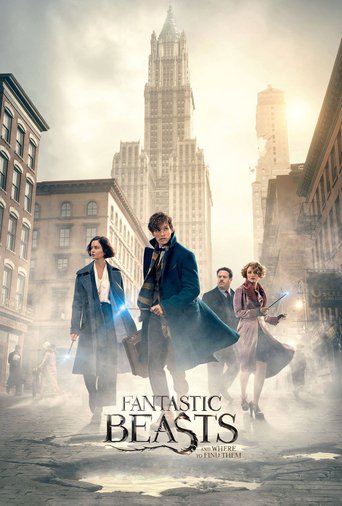
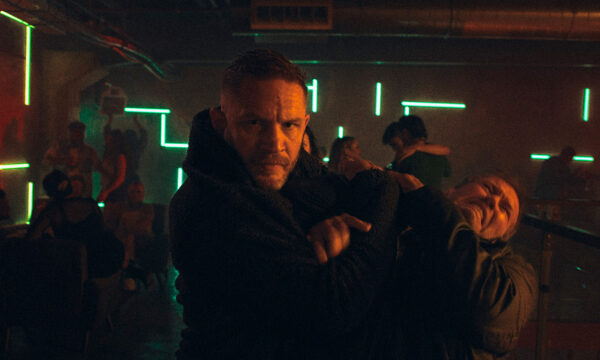
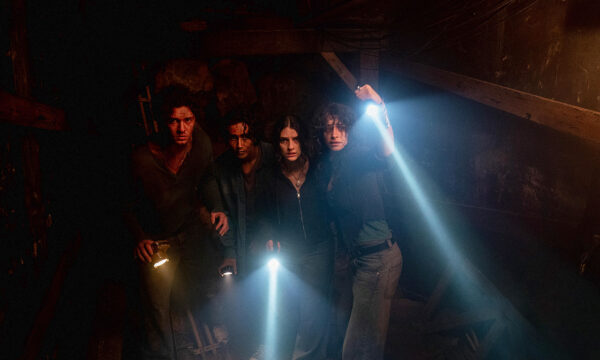
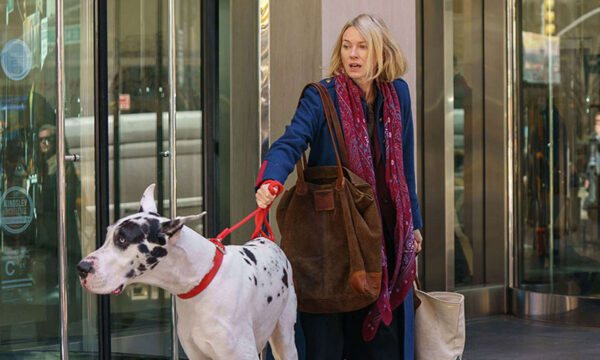
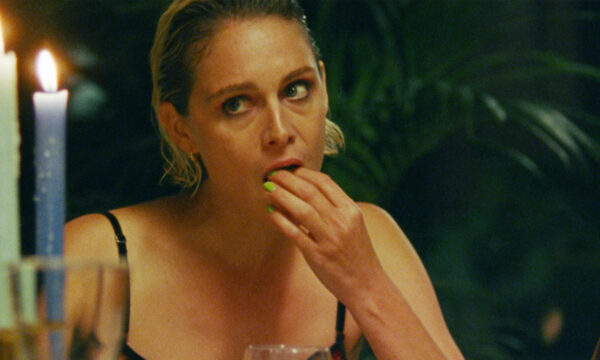
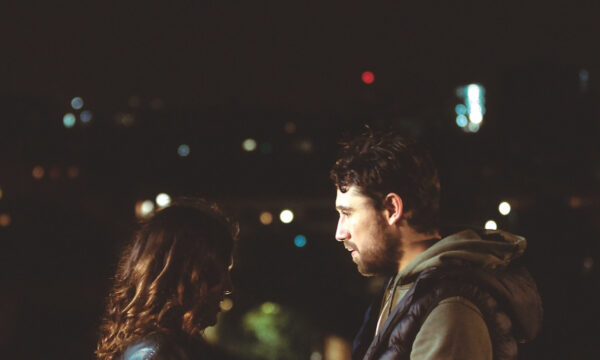
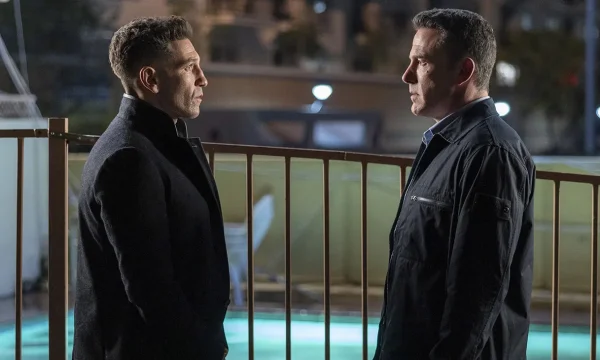
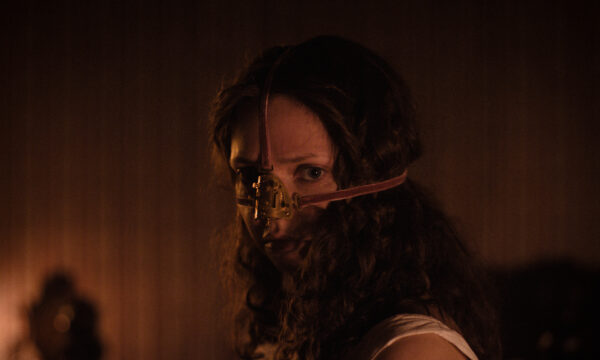
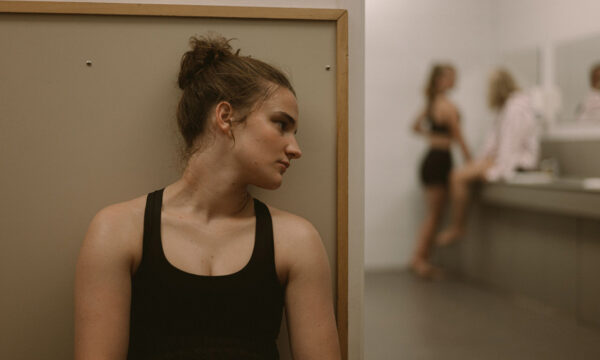
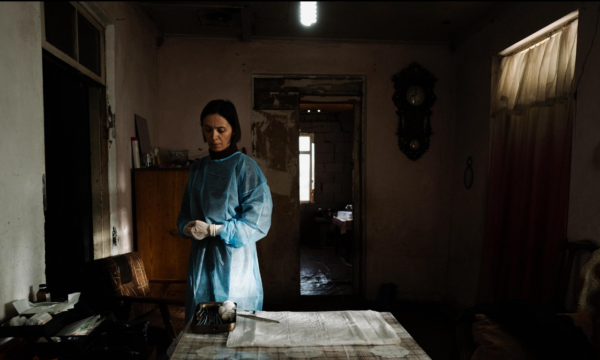














Facebook
Twitter
Instagram
YouTube
RSS